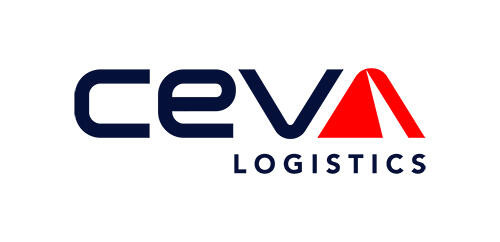Case Study- CamundaCase Study- Camunda
Expanding a central system for customer management through automated processes Up to 8,000 process instances per month and 200 users involved

ChallengeChallenge
Like every business, the production and logistics industries are facing intense pressure to modernize. Constant optimization of processes is necessary to maintain and differentiate a company in the face of ever-tougher competition. Creating process automation applications that are easy to use, easy to adapt, and can be understood and operated intuitively by people with little technical expertise. This would enable companies to take control of their business processes – creating, managing and running their workflows.
Running with Camunda Platform for both BPMN and DMN, processes, apps, data models, and APIs can be configured and adjusted to a large extent – without downtime. Meanwhile numerous tools and collections of reusable components integrated into the CEVA platform support both the creation of individual User Interfaces and the implementation of business logic.
Camunda Chosen As BPM and Workflow PlatformCamunda Chosen As BPM and Workflow Platform
In applying Camunda BPM to this process, CEVA sought a technology platform that would provide simple power by combining extreme ease of use with comprehensive functionality.
-
Open source BPM-engine
-
Processes are BPMN 2.0- standard for modeling (executable) processes
-
Integrated suite of components including process design, rules, forms, reporting, identity management, and collaboration.
-
Lightweight, embeddable, testable, and extensible.
Why Camunda BPM?Why Camunda BPM?
“During the evaluation, the following aspects were of importance:
-
Good and easy integration into Java EE and our JBoss application server where possible
-
Support of BPMN 2.0 as the primary notation
-
Lightweight
-
Simple deployment for Java developers
-
Multi-client capability
-
Easy interaction with a GUI application of our own
-
Transaction management with two-phase commit
-
Good support
